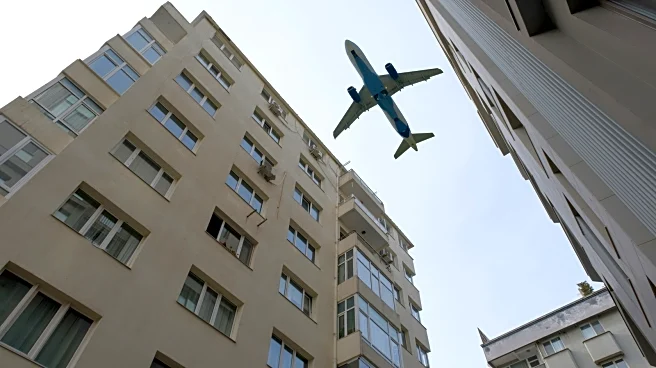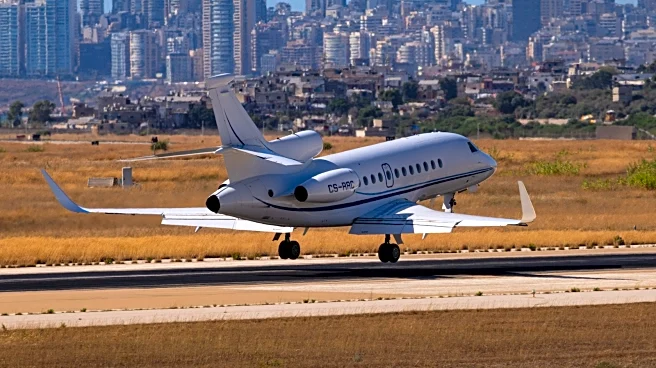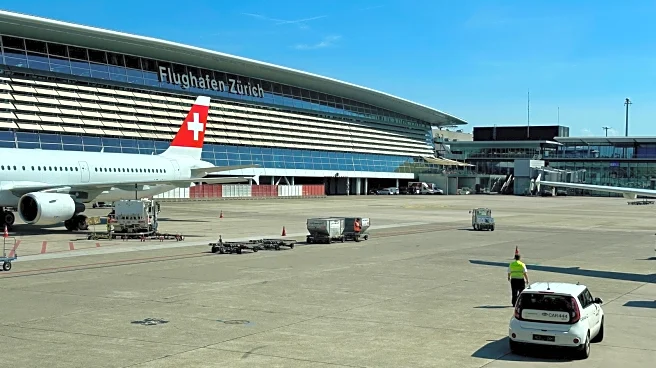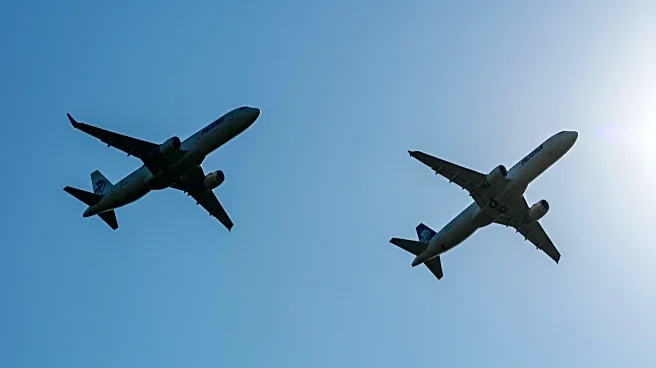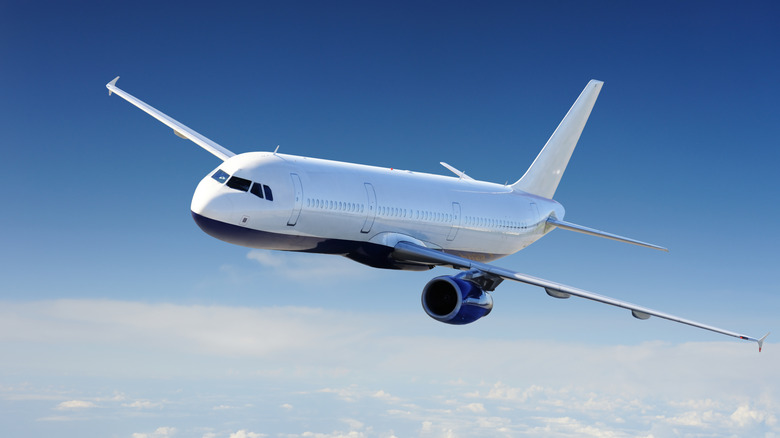
Flying isn't that different from a long road trip. At some point, turning back to your starting point takes more fuel and time than just pushing ahead to the next gas station. In aviation, that's the Point of No Return (PNR) — the moment when, based on speed, winds, and fuel burn, heading back would leave you with less reserve fuel than continuing to the planned destination. While PNR isn't necessarily one of the things pilots wish passengers knew about their job, it's useful to have an understanding
of how it works.
Pilots and airline dispatchers calculate the PNR before takeoff using aircraft performance data, forecast winds aloft, and fuel requirements. And they keep updating those calculations as conditions change mid-flight. That's because, unlike military jets, commercial airliners don't have the option of refueling midair. The Point of No Return works hand in hand with what's called the Equal Time Point (ETP), or Critical Point. They're calculated separately, but together they give the flight crew a full picture of their options.
PNR is fuel-based. It marks the moment you no longer have enough fuel to turn back to your departure airport and still land with legally required reserves. ETP is about distance in time — the spot where you have exactly the same flying time from two different airports. In practice, the PNR draws the line on when turning back is no longer an option, while the ETP tells you which alternate airport is quickest to reach from where you are right now. Used together, they help pilots make the call on whether it's smarter to head for a closer airport ahead or turn back toward one they've already passed.
Read more: 10 Airplanes That Managed To Fly With Staggeringly Low Horsepower
What Happens After You Pass The Point Of No Return?
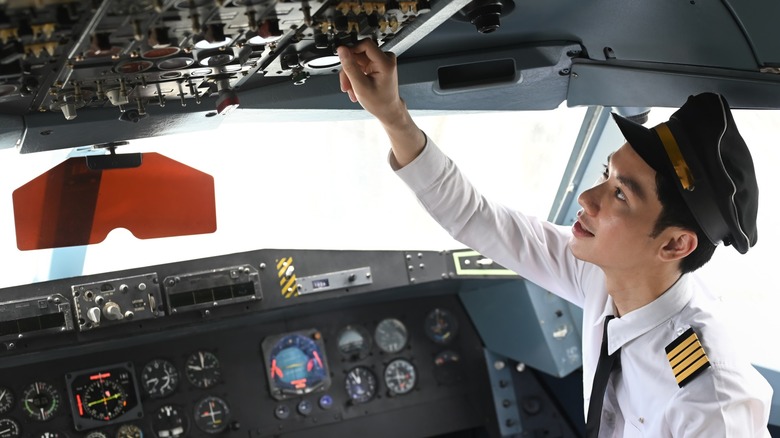
Crossing the Point of No Return doesn't mean you're stuck in the sky. It simply means that instead of looking behind, pilots and airline dispatchers focus on airports ahead. These airports must meet strict criteria for runway length, weather conditions, and maintenance support on the ground. This is also where ETOPS or Extended Operations plays a big role in ensuring that, even in the middle of an ocean, a compliant twin-engine jet is never more than a set time away from a safe landing.
There are rare cases where the status of the passengers or the type of cargo the plane is carrying changes the playbook entirely. Sometimes, the passengers or cargo make it politically unwise to land anywhere but the departure or destination airport. In these cases, the crew and dispatchers might select alternate airports. But even then, safety always comes first.
Want the latest in tech and auto trends? Subscribe to our free newsletter for the latest headlines, expert guides, and how-to tips, one email at a time.
Read the original article on SlashGear.
